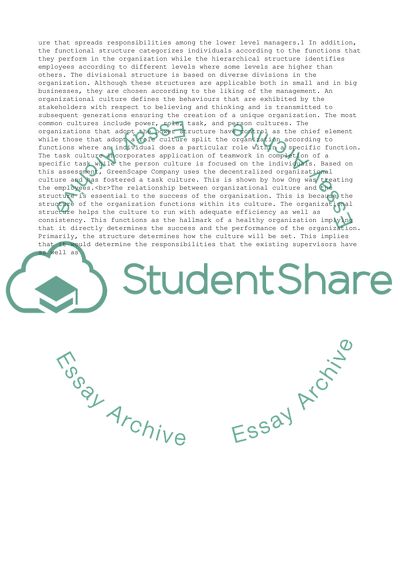Cite this document
(Organizations and Behavior Assignment Example | Topics and Well Written Essays - 2500 words, n.d.)
Organizations and Behavior Assignment Example | Topics and Well Written Essays - 2500 words. https://studentshare.org/management/1841192-organizations-and-behavior
Organizations and Behavior Assignment Example | Topics and Well Written Essays - 2500 words. https://studentshare.org/management/1841192-organizations-and-behavior
(Organizations and Behavior Assignment Example | Topics and Well Written Essays - 2500 Words)
Organizations and Behavior Assignment Example | Topics and Well Written Essays - 2500 Words. https://studentshare.org/management/1841192-organizations-and-behavior.
Organizations and Behavior Assignment Example | Topics and Well Written Essays - 2500 Words. https://studentshare.org/management/1841192-organizations-and-behavior.
“Organizations and Behavior Assignment Example | Topics and Well Written Essays - 2500 Words”. https://studentshare.org/management/1841192-organizations-and-behavior.


